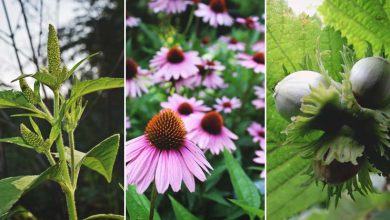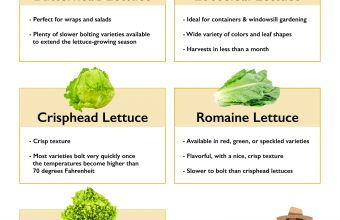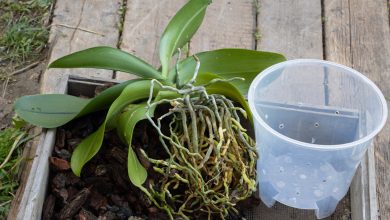Hydrangeas Care: [Soil, Humidity, Pruning and Problems]
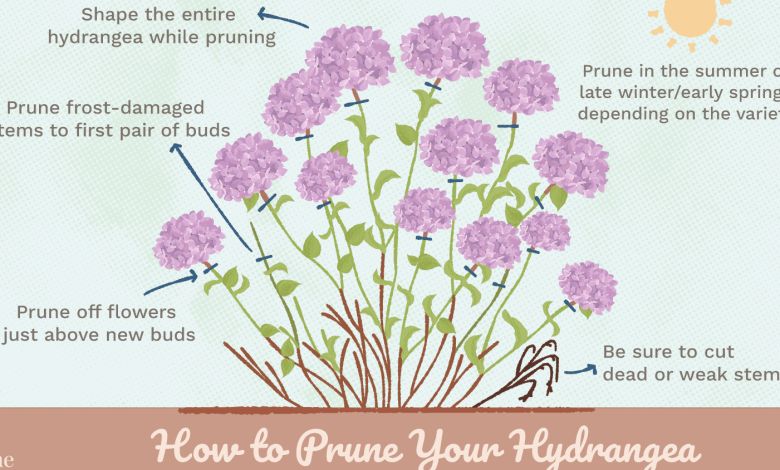
What characteristics do hydrangeas have?

Hydrangeas are the common name for ornamental plants belonging to the genus Hydrangea, a Greek word that refers to what they require to live: water and angenion (vascular).
They are native to America and to East and South Asia, especially China, Korea and Japan, where the variety of species is simply sensational, given the beauty of their intensely colored flowers.
These precious came to Europe several centuries ago, especially from Asia.
It is a deciduous shrub that can measure up to a meter and a half in height, whose flowers are favorites for decorating balconies, terraces and gardens.
But they can also live in pots for about 4 years. It grows in the form of a vine, producing large leaves and flowers, as well as an especially gratifying scent. The most common are white hydrangeas, followed by pink and then blue, which are the most coveted.
Worldwide, the hydrangea is considered a flower loaded with enormous symbolism because in addition to signifying beauty, it also involves gratitude and abundance, thanks to the overwhelming way it has to produce beautiful flowers, which can last a long time. time, to the point that old flowers are replaced by new ones throughout the year.
They are plants that prefer shade. That is why they respond better in areas where the incidence of direct sunlight is poor. They have large, very green leaves that fall off in the fall. But its flowers appear in spring, when they are first green and then turn red, blue, white, pink, red.
Its inflorescences are formed in terminal corymbs.
What soil needs do hydrangeas have?
This species for ornamental use needs to develop with a large amount of nitrogen, an essential nutrient for optimal growth. But there is also a serious consideration: depending on the variety and the colors of its flowers, the same fertilizer cannot always be used.
This is due to the fact that it notably influences the acidity of the soil and the degree of coloration of the same. That is why it is recommended that in the case of the so-called common hydrangeas, the pH of the soil is considered, in order to obtain sensational colorations. This is how the following tones will be favored in your flowers:
Blue hydrangeas: pH 5-5.5, high acidity soil. Fertilizer: high content of nitrogen and potassium. A blue dye will reinforce its beautiful tone. Or lime-free water, so that its roots absorb the aluminum well and the pH does not rise.

Purple, mauve, or magenta red hydrangeas: pH 5.5-6-5, moderately acidic soil. Fertilizer: high rate of potassium and nitrogen.

Pink hydrangeas: pH 6.5-7 or higher, alkaline soil. Fertilizer: high nitrogen content, but lower potassium and phosphorous index.

How to make hydrangeas grow strong and vigorous?

One of the most important factors to grow healthy and strong hydrangeas is precisely taking care of the soil factor, its composition.
It is often mistakenly believed that hydrangeas have been pruned in the wrong way or at the wrong time, without taking into account the quality of the nutrients they receive from the soil.
It is not true that it will be enough to add a specific fertilizer for acid soil plants. Nope.
In the care of hydrangeas, the type of fertilizer to be used varies depending on its vegetative state.
For example, fertilizers must be differentiated according to the flowering stage of the plant, because if we maintain a high nitrogen composition throughout the year, the result will be that we will have many green leaves, a very leafy plant but with few flowers.
The subscription is directly related to the respective season of the year. What must be clear from the outset is that they require an ideal amount of nitrogen to fully develop.
An ideal fertilizer should have the three fundamental elements in equal parts, which are: nitrogen, phosphorus and potassium (NPK) is very important for hydrangeas.
When winter is over and well into the month of March, they must be fertilized with a balanced formulation rich in the three nutrients mentioned above, following the product manufacturer’s instructions, which generally indicate the need to apply two batches of fertilizer in the yard.
In spring, the plant is in the process of growth, so the same fertilizer can be maintained until April, since it will be in May when the first flower buds appear, when it is then essential to change the fertilizer to enhance all the flowering and development.

The formula to be applied in this case must contain a drastic reduction in nitrogen, because if the dose contained in the fertilizer is left as before, then the flower buds will be affected. It is best to remove it completely from the formulation.
In summer, we will continue to provide the fertilizer with essential nutrients that will help prevent the plant from being attacked by pests and diseases, since its natural defense system will be strengthened.
And in the fall, once the external attacks that usually occur during the summer period have been overcome, the fertilization process is gradually eliminated, because species such as Macrophyllas hydrangeas will gradually reduce their vegetative cycle.
Another requirement of the hydrangea is to have it in a sunny, well-lit place, preferably outdoors to prevent its leaves from turning yellow and dry. But they must receive indirect sunlight, they only support it directly to the north, so it is best to locate them in a place where there is good shade.
What humidity do hydrangeas need?
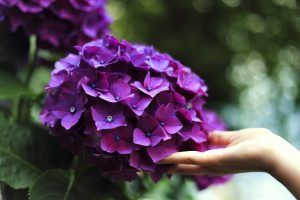 It is noteworthy that, for example, the variety of blue hydrangeas does not support extreme climates. Neither hot nor intense cold.
It is noteworthy that, for example, the variety of blue hydrangeas does not support extreme climates. Neither hot nor intense cold.
It prefers cool places, with temperatures that do not exceed 20ºC. It does not bloom when it lives in very hot regions. They also require a lot of water, but without excess, especially when it is in flower.
They should never drown when they receive watering, which must be constant but always ensuring that the drainage is good, because excess moisture inexorably damages the roots of the plant, which will be attacked by fungi and pests that quickly make it sick.
And if it rains, you have to let it receive the divine benefit of the water that falls from the sky. Water with excess lime damages its leaves, turning them yellow.
Is it necessary to prune hydrangeas?
It is convenient to prune the hydrangeas when winter arrives, rather towards the end because it must be done before the new shoots appear. It should be noted that in the process of caring for this ornamental plant, pruning is key so that it has outstanding leafiness and flowering.
It must be executed on a regular basis, because that is how it is stimulated. Thus, pruning is much more than a simple and quick process to give the plant a certain shape. The branches should never be allowed to grow uncontrollably, because if they grow too much they will end up breaking and weakening the plant.

Gardening experts recommend cutting about a third (1/3) of the stems to the nearest node, so that the flowers are even larger and more splendid.
Long-handled pruning shears, previously disinfected with alcohol, should be used to cut all dead stems and dry leaves, as well as cross branches. With this action we will be guaranteeing a spectacular flowering of this species as beautiful as it is productive.
How often should we prune hydrangeas?
It is preferable to prune hydrangeas as soon as winter ends and spring begins, although this maintenance process can vary depending on the species. It is necessary to know how to identify the type of wood to which the intervened variety corresponds. We have old wood hydrangeas and new wood ones.
the old wood ones
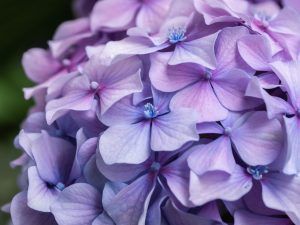 They are the hydrangeas whose flowers have developed from the previous year’s shoots. They usually bloom in early summer and their flowers perish as soon as this hot season of the year ends.
They are the hydrangeas whose flowers have developed from the previous year’s shoots. They usually bloom in early summer and their flowers perish as soon as this hot season of the year ends.
The pruning of this variety is carried out when the flowers begin to fall, in mid-summer.
But this must be calculated very well, because it has to be done just before new shoots come out that will give beautiful flowers the following year. It is also necessary to remove old, dry flowers, making precise cuts under the heads and at the tips of the stems.
Likewise, stems that are old, dry, or that produce few or no flowers will be removed. This will allow new shoots to appear, as long as they are cut close to the ground.
The new wood
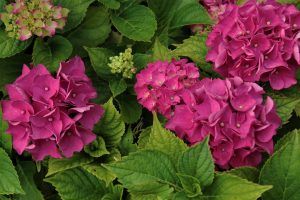 In spring, these hydrangeas usually appear, whose varieties produce new shoots, which, unlike other varieties, bloom later, slowly.
In spring, these hydrangeas usually appear, whose varieties produce new shoots, which, unlike other varieties, bloom later, slowly.
In this case, pruning is done with great care during the death throes of winter, before new shoots emerge with the arrival of spring.
One way to do this is to cut a third (1/3) of all the stems equally, because this encourages abundant flowering. Dead stems must also be cut and crossed or entangled branches removed. This prevents good oxygenation and delays flowering.
You should not prune excessively either, some old shoots can be left to support the plant, since as the flowering is usually abundant, the flowers weigh down and make the branches fall.
How to avoid pests and diseases of hydrangeas?
A key to avoid the production of burnt or yellowed leaves is to use decalcified water, as well as the constant use of heather soil, which is commonly sold in specialized nurseries.
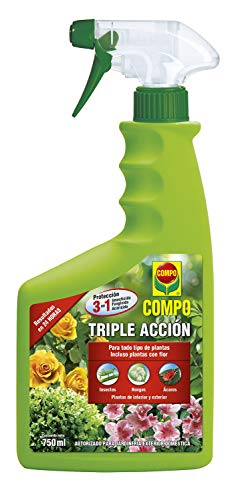
Aphids are eliminated with the help of specially indicated or normally used insecticides .
Maybe you are also interested in:

